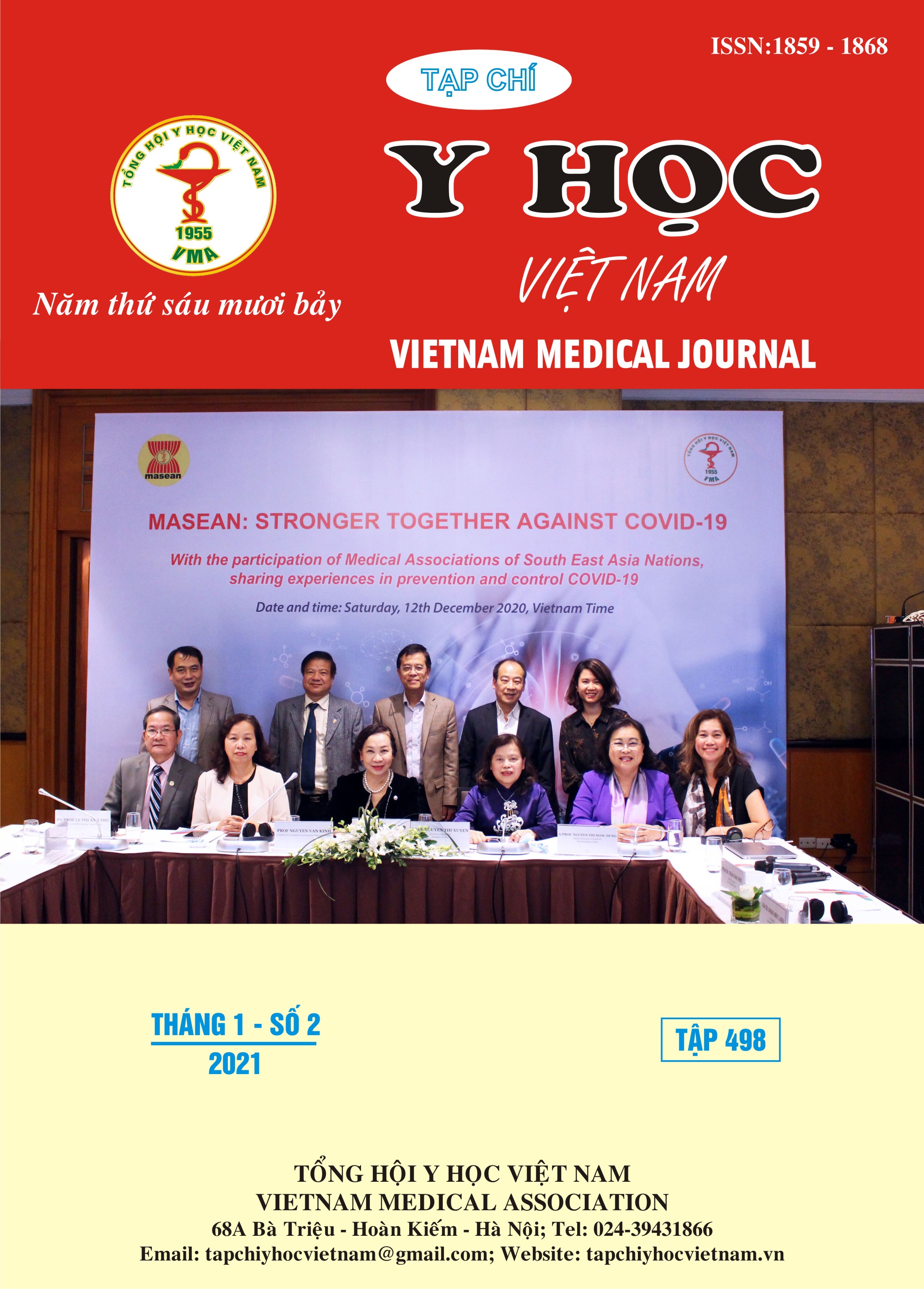SINGLE INCISION LAPAROSCOPIC DUODENO-DUODENOSTOMY FOR CONGENITAL DUODENAL OBSTRUCTION
Main Article Content
Abstract
Objectives: We present our techniques of single incision laparoscopic duodeno-duodenostomy in a child with congenital duodenal obstruction (CDO). Methods: This is a case report and review of the literature. Results: The patient was a 20 month-old girl, admitted to our department for multiple episodes of vomiting with onset very early in the newborn period, inability to eat solid food, malnutrition. Based on the clinical presentations and imaging studies, the diagnosis of CDO, probably due to duodenal atresia type I with fenestrated membrane, was made and the patient was indicated for laparoscopic surgical repair. A modified Z-shaped umbilical incision was made, 15mm in length. Two 5.5mm trocars and one 3.5mm trocar were placed at different points in the same incision. A standard 5mm, 300 laparoscope and conventional straight laparoscopic instruments were used. The duodenum proximal and distal to the obstruction site were exposed. The distal duodenum was incised longitudinally and the proximal duodenum was incised obliquely. Laparoscopic simple duodeno-duodenostomy was performed using 5.0 PDS interrupted suture with intracorporal knots. There was no significant blood loss, no intra- and post- operative complications. The operative duration was 130 minutes. The patient resumed oral feeding on POD 3 and was discharged on POD 7. At a follow up 9 months the girl was asymptomatic; she was able to eat solid food and gained weight well. The postoperative cosmesis was excellent as the patient had no visible scar. Conclusions: Our technique of single incision laparoscopic duodeno-duodenostomy for CDO can be feasible, safe with excellent post-operative cosmesis.
Article Details
Keywords
Single incision laparoscopic surgery, duodeno-duodenostomy, congenital duodenal obstruction, children
References
2. Bax NM, Ure BM, Van der Zee DC (2001) Laparoscopic duodenoduodenostomy for duodenal atresia. Surg Endosc. 2: 217
3. Chung PH, Wong CW, Ip DK, Tam PK, Wong KK (2017). Is laparoscopic surgery better than open surgery for the repair of congenital duodenal obstruction? A review of the current evidences. J Pediatr Surg. 52(3): 498-503.
4. Mentessidou A, Saxena AK (2017). Laparoscopic Repair of Duodenal Atresia: Systematic Review and Meta-Analysis. World J Surg. 41(8):2178-2184.
5. Muensterer OJ, Hansen EN (2011). Resection of a duodenal web using single-incision pediatric endosurgery. J Pediatr Surg. 46(5): 989-993.
6. Son TN, Kien HH (2017). Laparoscopic versus open surgery in management of congenital duodenal obstruction in neonates: a single-center experience with 112 cases. J Pediatr Surg. 52(12):1949-1951.
7. Son TN, Liem NT, Kien HH (2015). Laparoscopic simple oblique duodenoduodenostomy in management of congenital duodenal obstruction in children. J Laparoendosc Adv Surg Tech A. 25(2):163-166.
8. van der Zee DC (201)1. Laparoscopic repair of duodenal atresia: Revisited. World J Surg. 35:1781–1784.


